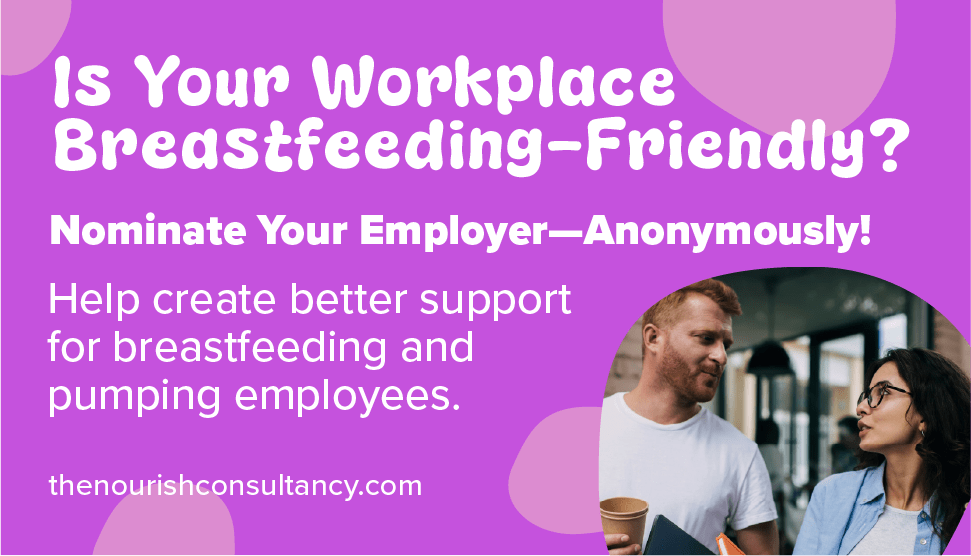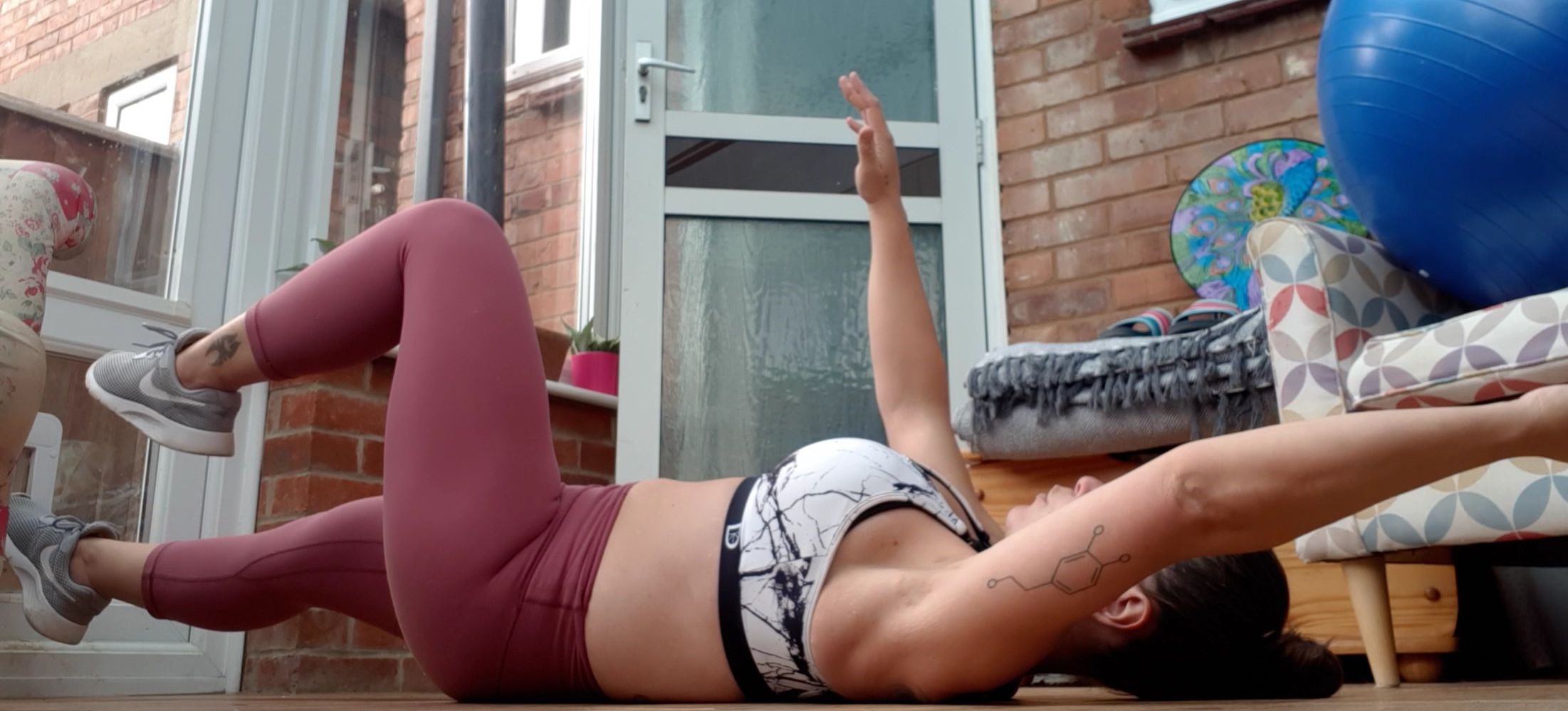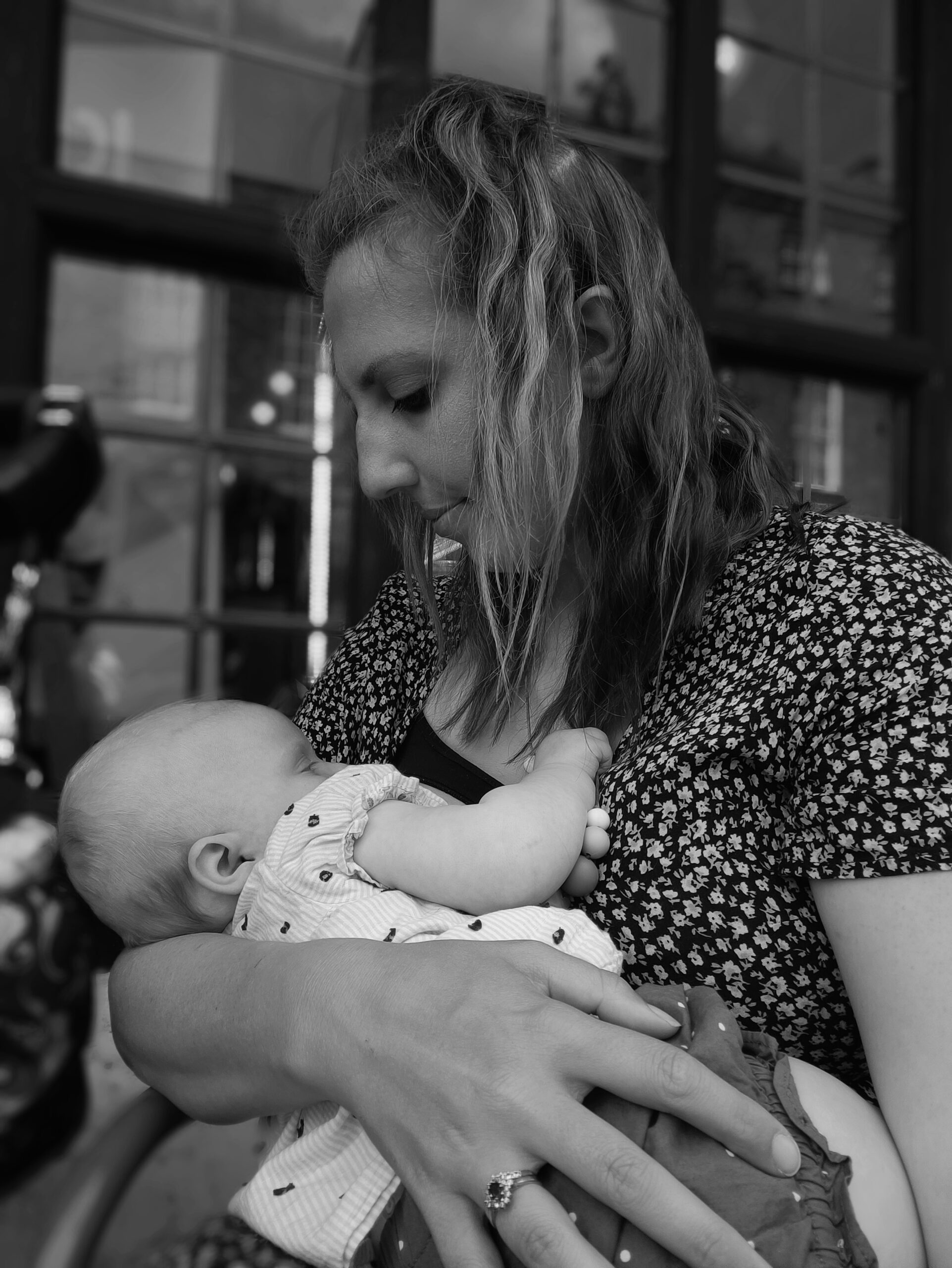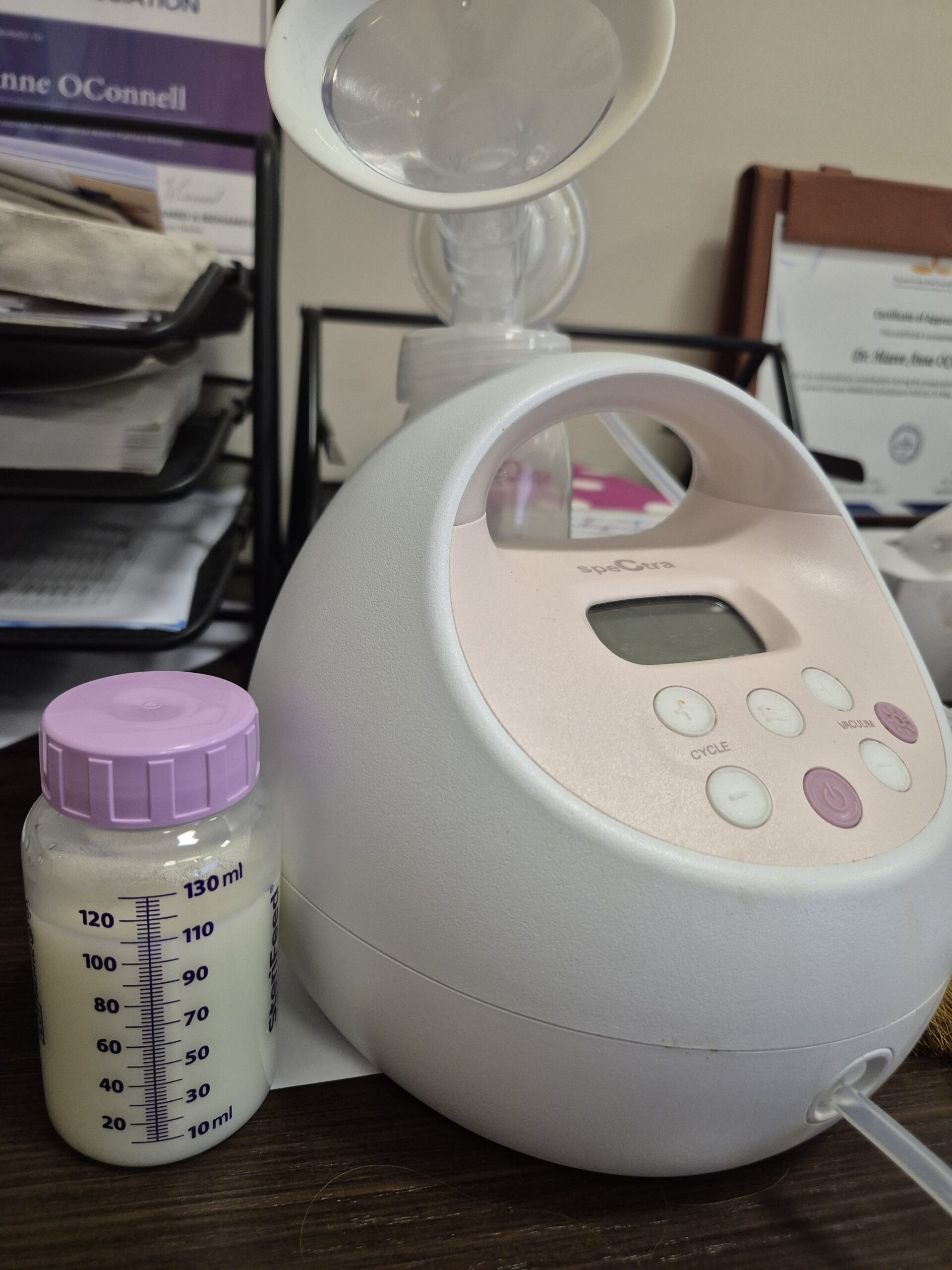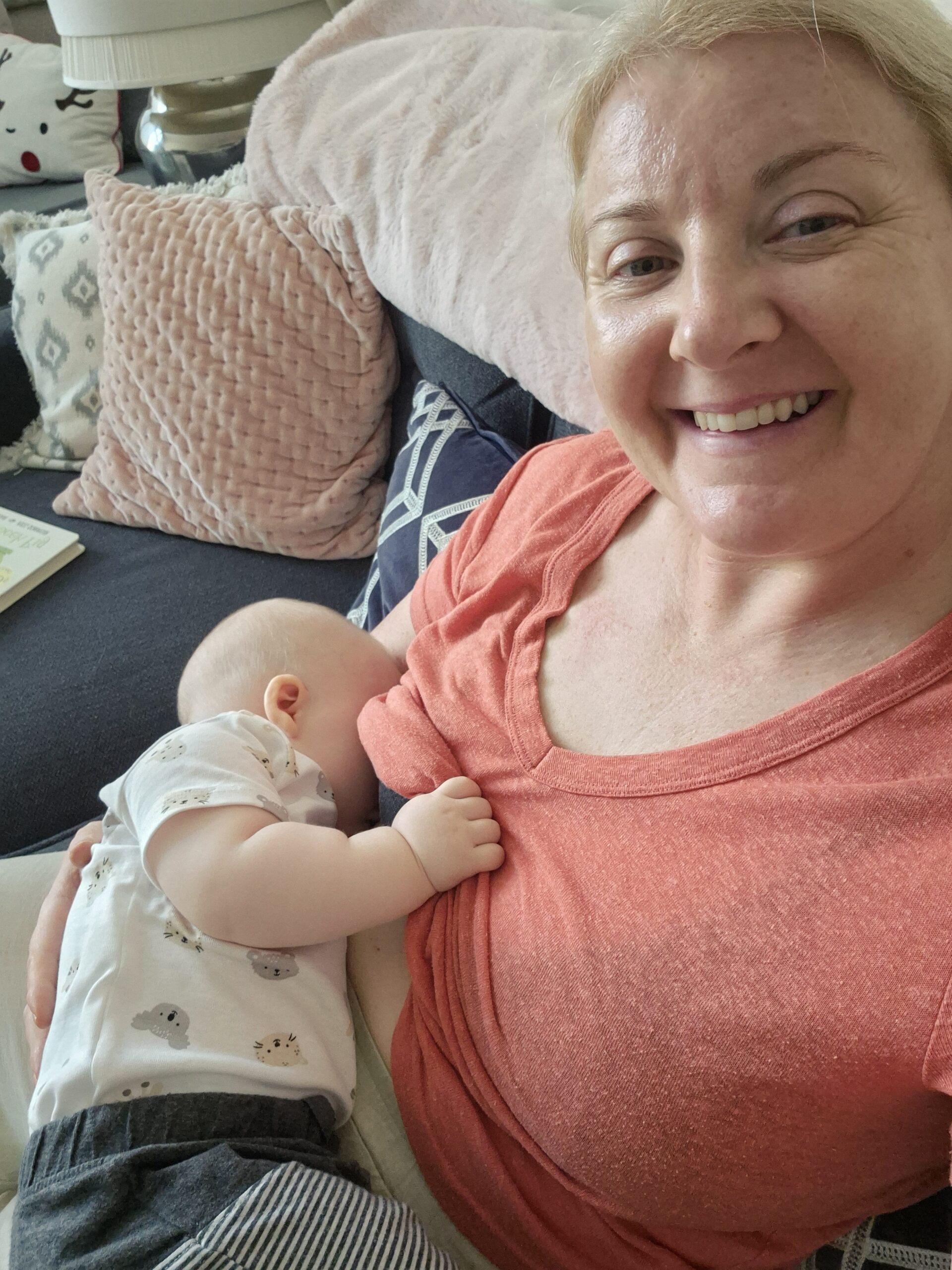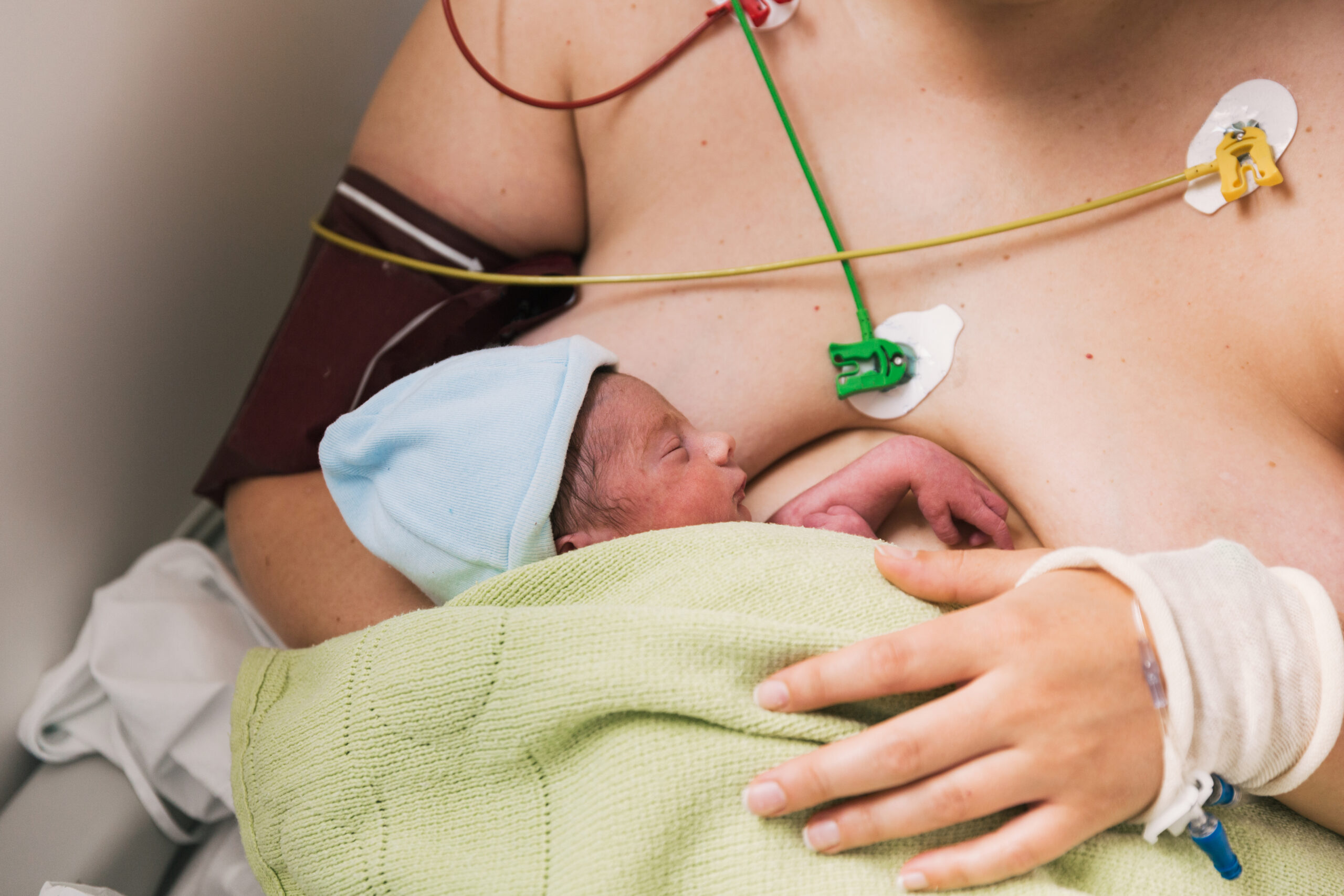Regardless of how you felt through pregnancy and the sort of delivery you had, your body (and mind) have been through a lot. After any sort of trauma, your body needs to rest and recover, ideally with lots of sleep. Unfortunately as a new mum that just isn’t an option! So keep this in mind when it comes to the expectations you place on yourself. Getting back to exercise after having a baby should be done slowly and safely, and only when you feel up to it.
Your main priorities should be adjusting to your new world and spending time getting to know your baby. You won’t have much time to yourself in the early days, if any! So self-care and rest should take the top spot with those rare moments.
5 steps for getting back to exercise
Getting back to exercise after having a baby may seem like an uphill struggle but by taking it step-by-step and easing yourself into it, you will be able to do it.
Step 1 – Be safe
It’s a good idea to start working on your pelvic floor as soon after you’ve had your baby as you feel able. Kegels (pelvic floor squeezes) are a good place to start.
Before you’ve been signed off by your midwife/GP, gentle movement such as daily walking is the best way to get your circulation going, encourage healing and maintain your aerobic capacity. However, after you’ve been given the all clear by your midwife/GP you can look to start including more formal exercise.
If you have diastasis recti (abdominal separation) or any concerns around caesarean complications or pelvic floor issues, it’s worth considering a check up with a women’s health physiotherapist.
Step 2- Start at the beginning
No matter the sort of exercise you did before and during pregnancy, you will need to spend time on your pelvic floor and rebuilding your overall strength. Your body has moved and shifted a lot internally to accommodate your growing baby and bringing everything back in to alignment is key.
Breath work will help to bring your diaphragm back into position whilst strengthening your pelvic floor and internal “corset”. Focusing on this foundation first will ensure you can return to handling impact (running/jumping) and load (weights/resistance) without exacerbating any diastasis, further weakening your pelvic floor or risking incontinence.
Breath work will help to bring your diaphragm back into position whilst strengthening your pelvic floor and internal “corset”.
A good postnatal trainer will be able to work with you on incorporating breathing patterns into both exercise and daily movement so that pelvic floor engagement is integrated through everything you do rather than an isolated exercise. If a personal trainer isn’t right for you or isn’t a possibility with the current Covid-19 restrictions, there are some useful online postnatal resources that can guide you.
Step 3 – Focus your effort
Your spare time will be at a premium. You may only have 15 minutes to workout but that can be plenty of time if you target the right things.
The key areas most mums need to focus on (after your pelvic floor) are:
- Strengthen upper back – to help counter the rounded posture we adopt through feeding/carrying baby.
- Strengthen lower back – to fight getting backache from all the lifting baby out of the bath and bending over changing tables.
- Strengthen glutes – they tend to stretch through pregnancy and loosen with the increased amount of sitting involved with having a newborn. Strong glutes are key in protecting your lower back and stabilising your pelvis.
- Strengthen core – your core is the foundation of your strength. As well as providing your body’s structural integrity, a strong core means you can transfer power from your lower to upper body. Think being able to stand up from the sofa, arms full with your baby, and not needing to push yourself up with one hand. A key motherhood skill!
- Strengthen arms – to be able to hold and carry your ever growing bundle of joy!
- Stretch! – We hold a lot of tension where we end up being in one position for so long or adopting strange postures to accommodate our baby. Loosening those muscles that get wound tighter and tighter each day can help avoid injury. And if you suffer with “mummy’s thumb” including some stretches to ease carpal tunnel will help avoid the tingling/numbness that can interfere with your day!
That may seem like a lot but you don’t need to work on everything at once. Hitting a couple of things each time you workout can give you a well rounded programme throughout the week.
Step 4 – Know what to avoid
It’s just as important to know what you shouldn’t be doing. Or at least what you should be building back towards rather than jumping straight back in to.
- Anything that puts too much pressure on your abdominals. Especially if you have diastasis or are recovering from a cesarean. Think single leg lowers as opposed to double leg lifts and bird-dogs rather than sit-ups. If anything causes pain and/or doming, stop what you’re doing and regress the exercise.
- Anything that puts too much pressure on your pelvic floor. It may be a while before your bladder control is ready for you to get back into running or hitting those box jumps but it is certainly achievable to get back there in time. You absolutely DO NOT have to accept incontinence as part of your life just because you’ve had a baby.
- Working out to exhaustion. Some studies have shown that this can be detrimental to breastfeeding. Additionally, it can take energy away from the healing process your body is going through post-delivery. Exercise is a fantastic tonic; releasing endorphins, increasing blood flow, and upping oxygen circulation and we want to be exercising to support the repair from your delivery rather than giving your body a thrashing that requires a recovery of its own!
Step 5 – Be patient with yourself

Some days baby will go down for their naps, you’ll have time to workout, have something to eat and even sit down for 20 minutes peace and quiet. Other days will seem a constant struggle, having a cup of coffee whilst it’s still hot or having the time for a shower will seem like a crazy fantasy.
The demands of what you’re going through at the moment are huge. Experiment with where in your day a workout sits more easily but don’t beat yourself up if days go by and you’ve not managed to fit it in.
Progress may seem slow but treat your workouts as the “me time” you deserve rather than another chore that you need to accomplish. Getting back to exercise after having a baby is achievable and worth the effort!
Progress may seem slow but treat your workouts as the “me time” you deserve rather than another chore that you need to accomplish.
Shop Latched postnatal sportswear – get 5% off
Use code: BOOBINGIT to get 5% off your purchase on any Latched product.

